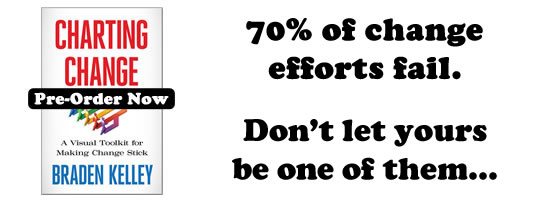The Intersection of Design Thinking and User Experience
 Think of it as the front end of the front end, this fusion of methods for solving problems for real people and creating a better experience for them.
Think of it as the front end of the front end, this fusion of methods for solving problems for real people and creating a better experience for them.
By fusing Design Thinking and User Experience you learn the socio-psychological wants and desires of your user base and understand their world, as well unpacking attitudes, reactions, and emotions about a specific tested object.
When practiced together we begin to see how human-centered a technology innovation can be. The intersection of the two methods gives an in-depth, general understanding of the audience for whom you are creating and also detailed, specific user feedback about a particular product, platform, or service.
Allow a brief explanatory, topical detour, a gentle reminder:
Design Thinking is a method for creating innovative products and services. Design Thinking doesn’t start with a business problem per se, but rather a consumer or customer problem.
User Experience (UX) gauges a person’s responses, perceptions, and emotions about a particular Web or mobile experience, but can also be used for “hard†or actual 3-D products. According to the ISO definition, user experience includes all the users’ emotions, beliefs, preferences, perceptions, physical and psychological responses, behaviors and accomplishments that occur before, during, and after use, but is focused on use.
At the most theoretical levels both Design Thinking and User Experience help people find what they need.
Key differences, however, include the intention—and the solution itself. Typically with Design Thinking the intention is to find the gaps in the person’s experience in the world that could be augmented with innovative products or services; whereas in UX the general context of testing is make incremental improvements in something that is already under development but not yet launched. The UX designer is looking for how to meet preferences for a solution under development (the Define phase is already complete, so to speak), but in Design Thinking the solution arises out of a deeper discovery into the usage category without any preset notions about solutions.
Both Design Thinking and UX are valuable disciplines, but both would be more valuable to themselves and their users if they cross-pollinated, starting with users earlier in the discovery and invention process.
Therefore, by creating a new hybrid of DTX (design thinking experience) you go deeper into user empathy, ensure you are solving the right problem in your prototypes, and delve even further into what makes desirable and valuable experiences, and then take a richer level of insight into the actual experience of a technology, product, or service.
Daily and Memphis News Article
Wait! Before you go.
Choose how you want the latest innovation content delivered to you:
- Daily — RSS Feed — Email — Twitter — Facebook — Linkedin Today
- Weekly — Email Newsletter — Free Magazine — Linkedin Group
 Michael Graber is the cofounder and managing partner at Southern Growth Studio, a Memphis, Tennessee-based firm that specializes in growth strategy and innovation. A published poet and musician, Graber is the creative force that complements the analytical side of the house. He speaks and publishes frequently on best practices in design thinking, business strategy, and innovation and earned an MFA from the University of Memphis. Follow Michael @SouthernGrowth
Michael Graber is the cofounder and managing partner at Southern Growth Studio, a Memphis, Tennessee-based firm that specializes in growth strategy and innovation. A published poet and musician, Graber is the creative force that complements the analytical side of the house. He speaks and publishes frequently on best practices in design thinking, business strategy, and innovation and earned an MFA from the University of Memphis. Follow Michael @SouthernGrowth
NEVER MISS ANOTHER NEWSLETTER!
LATEST BLOGS
Three things you didn’t know about credit cards
Photo by Ales Nesetril on Unsplash Many of us use credit cards regularly. From using them for everyday purchases to…
Read MoreFive CV skills of a business-minded individual
Photo by Scott Graham on Unsplash The skills listed on a CV help employers quickly understand your suitability for a…
Read More


